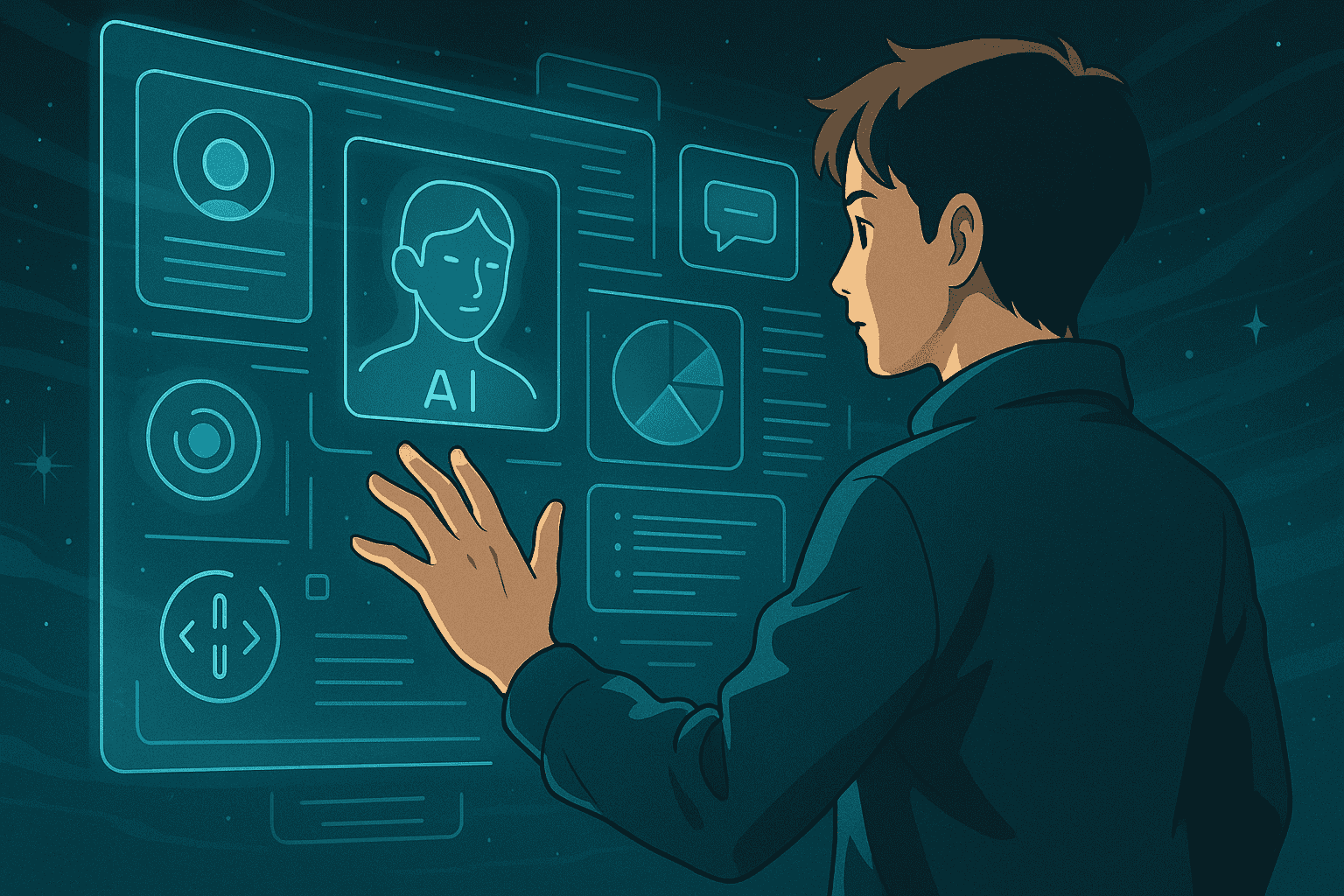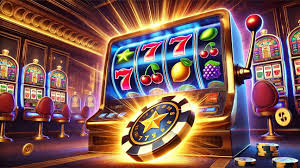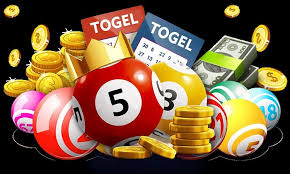The unexpected joy of stumbling upon something great
In a world dominated by personalized algorithms and streaming queues, the charm of “Surprise TV” feels almost forgotten. But for many, the memories of stumbling upon an unexpected episode or discovering a hidden gem during a random channel flip still linger with a nostalgic glow. This kind of television viewing—unplanned, unpredictable, and sometimes downright odd—offered a kind of joy that today’s curated platforms rarely replicate. Let’s run away from the urgency of platforms like online casino games and other entertainment to find out the emotions of being just one more in the crowd again.
The Lost Art of Serendipity
Before the rise of on-demand streaming, television was often about chance. You turned on the TV and watched what was airing. Maybe it was a rerun of a sitcom you’d forgotten about. Maybe it was a documentary halfway through. Maybe you caught the last 15 minutes of a movie and became obsessed with finding its name later.
There was no “Skip Intro.” There were no endless rows of thumbnails filtered by genres and popularity. There was only the remote, the schedule, and your curiosity. What happened next wasn’t up to you—and that was part of the fun.
This random approach to entertainment led people to shows and films they never would’ve chosen on their own. You watched because it was on. You stuck around because it was interesting. And sometimes, you discovered something you loved without knowing you were looking for it.
Today’s Algorithmic Reality
Contrast that with how we watch now. Platforms like Netflix, Hulu, and Prime Video analyze our every click. What we pause, what we skip, what we binge on a weekend—it’s all used to serve us more of the same. This hyper-curation ensures that we stay within certain tastes and preferences. While that can be convenient, it can also become limiting.
When everything is suggested based on your history, the chances of stumbling into something entirely new shrink. The surprise factor fades. You’re less likely to watch a weird old sci-fi movie or a foreign soap opera just because it was airing on a lazy Sunday afternoon. That sort of spontaneous discovery is often missing from modern digital habits.
The Human Touch of Broadcast TV
Old-school television had another advantage: it brought people together. Family members or roommates often had to agree on what to watch. This sometimes meant sitting through shows you didn’t pick, simply because someone else wanted to watch them. But in doing so, you got exposed to different genres, perspectives, and narratives. You might not have picked Murder, She Wrote, but by the end of the episode, you were hooked.
Broadcast TV also created moments of collective viewing. Everyone watched the same episode of a show at the same time. The next day at school or work, it was the thing people talked about. That shared sense of time and experience gave television a social dimension that’s hard to recreate when everyone is watching on their own timeline.
Nostalgia for the Unexpected
Many who grew up in the era of channel surfing remember the strange joy of watching something with no context. Maybe it was a black-and-white film on late-night TV. Maybe it was a public access cooking show or a vintage cartoon block. These were not optimized for engagement or designed to hold your attention for long stretches. They just… existed. And they had the power to surprise you.
Even the commercials played a role. Annoying as they could be, they added structure to the viewing experience. You got up, made popcorn, talked to people during the break. There was a rhythm to it all. Compare that with today’s auto-play features, where one show bleeds into the next, sometimes without you even realizing it.
Why Surprise Still Matters
In our current content landscape, “surprise” has become rare—and valuable. It’s what happens when you step outside your bubble. It’s how you find new passions. It’s how people discover cult classics, obscure genres, or even new ideas.
Streaming platforms try to mimic spontaneity through shuffle buttons and “play something” features, but it’s not quite the same. The algorithm is still guessing based on your habits. It’s curated unpredictability, which isn’t really unpredictability at all.
Surprise TV offered true randomness. It wasn’t trying to please you. It was just there, running 24/7, waiting for you to jump in.
Bringing Back the Magic
So how do we bring some of that back?
Start by letting go of the pressure to optimize your watchlist. Try turning on a random channel or exploring a streaming service’s live offerings, if available. Don’t skip the opening credits. Don’t fast-forward. Watch something you wouldn’t normally choose. Let yourself be a little bored, a little confused. Give it time.
Some apps now offer live “channels” within streaming services—essentially bringing back a linear flow of content. Others let users simulate old-school TV by mimicking the broadcast schedule. These efforts, while niche, speak to a growing desire to reintroduce a sense of randomness and shared experience.
Another option? Watch TV with other people—friends, family, even online communities doing synchronized viewings. Let someone else pick the show. You might be surprised at what you enjoy.
A New Kind of Comfort
In an era where nearly everything is tailored to us, Surprise TV reminds us of the joy in letting go. It’s not always about watching the “best” thing. Sometimes, it’s about watching things you didn’t expect.
By embracing the unplanned, we create space for genuine discovery—and maybe, just maybe, rediscover a little of that childhood wonder that came from flipping channels on a rainy afternoon, not knowing what you’d find next.







